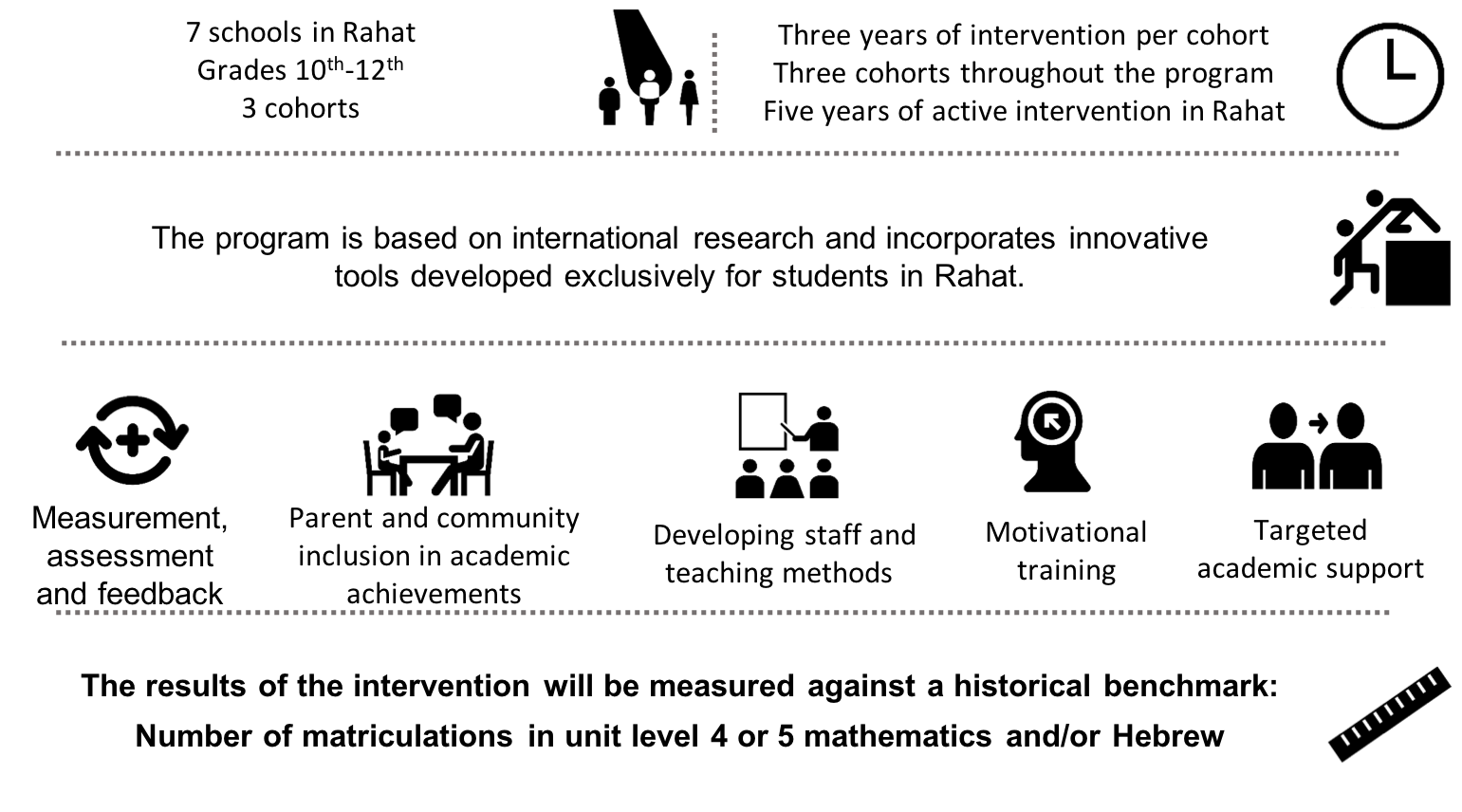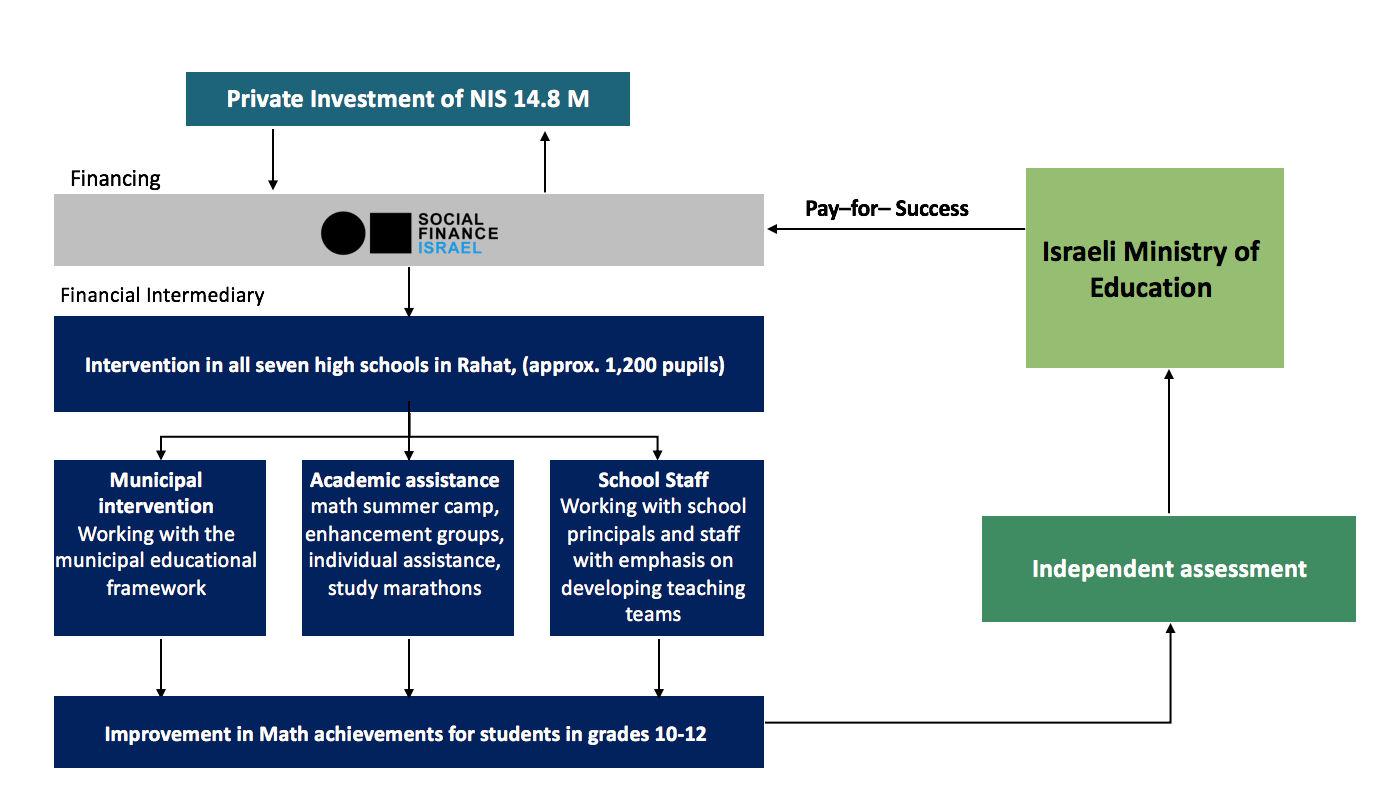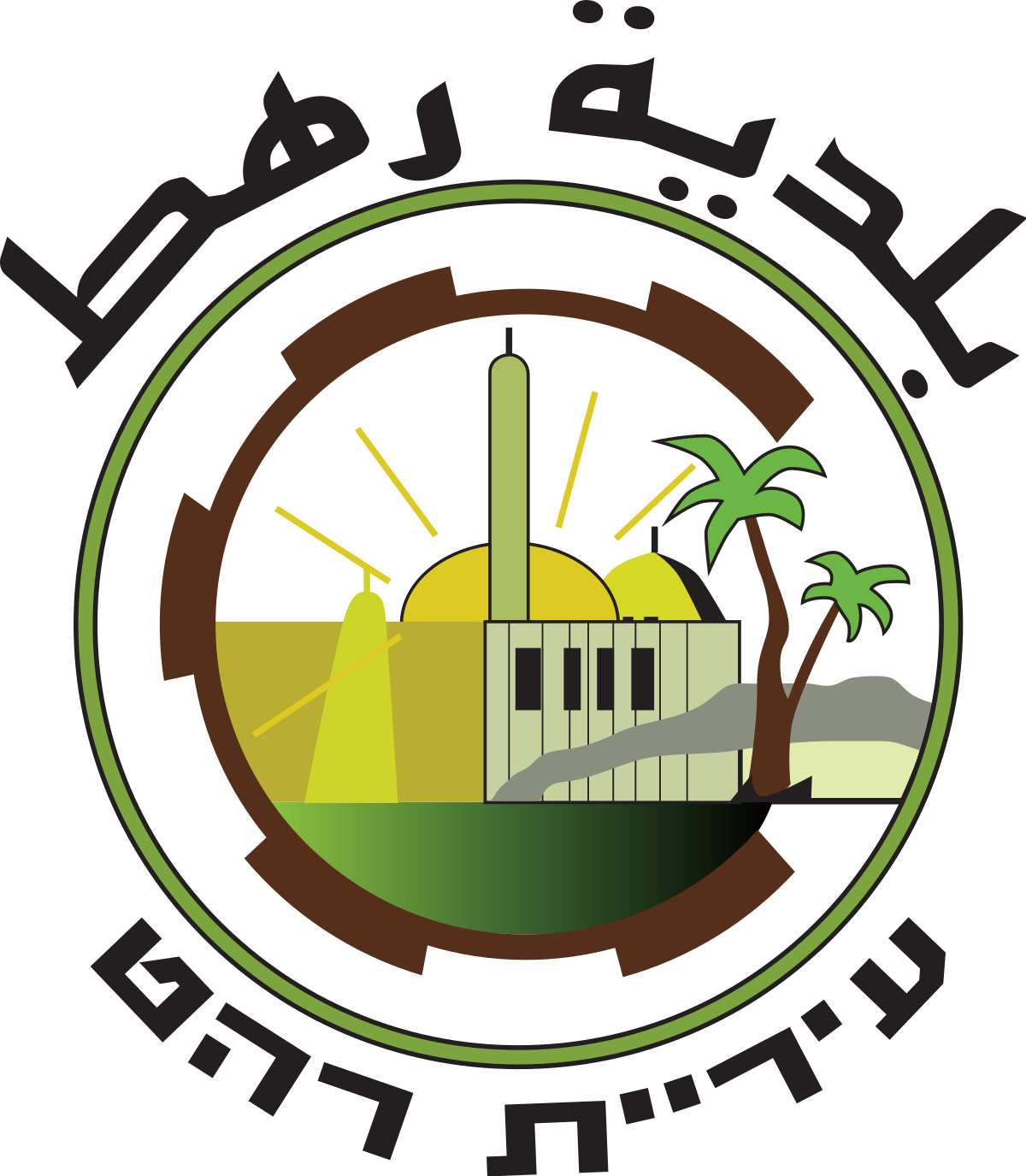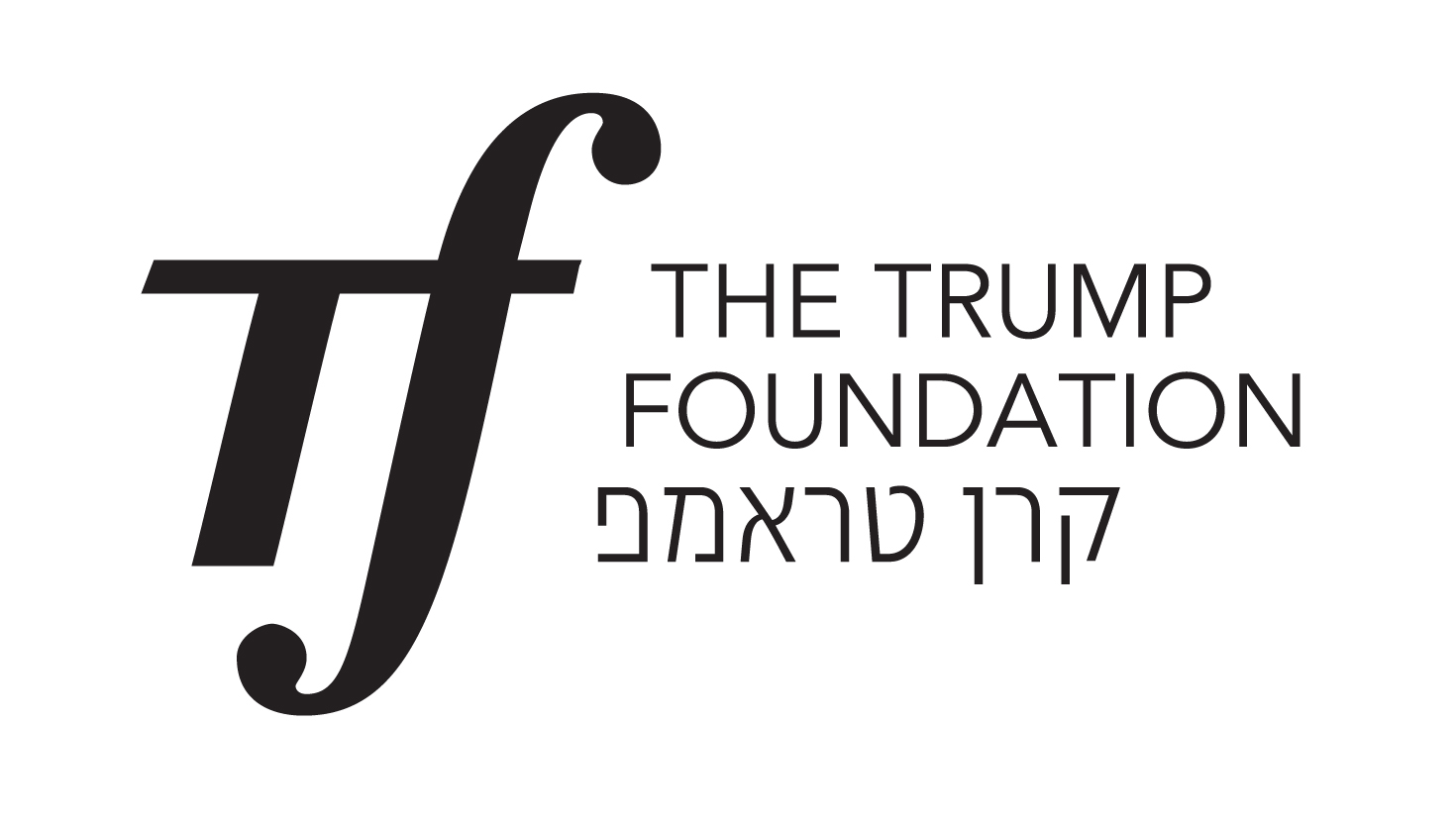Enhancing math achievements for Bedouin youth
The Social Issue
Israel, whose economic engine is its high-tech industry, is facing a shortage of skilled manpower to drive it forward. To ensure that this demand for human capital is met, a focus must be placed on maximizing the education of students in primary and secondary levels of education, in order to help them realize their potential. Moreover, the weakest populations in Israeli society are subject to substantial gaps in the rates at which they pursue higher education, particularly in math and science, and subsequently, are subject to gaps in quality employment. For young disadvantaged students, a pathway towards the high-tech industry can greatly enhance their opportunity to break the cycle of intergenerational poverty. High school students of today are the high-tech professionals of tomorrow, and their ability to excel in Math will have a critical impact on the Israeli economy and society in coming decades.Rahat is the largest Bedouin city in Israel, located near Be´er Sheva. It is one of more disadvantaged cities in Israel, by a number of parameters, e.g., socioeconomic levels, employment rate, etc.
 Read Even More
Read Even More

 The percentage of students in Rahat matriculating at levels 4 and 5 in mathematics is 15%. This percentage is significantly
lower than the percentage of level 4 and 5 matriculation examinees in the
general population, which stands at about 35%.
The percentage of students in Rahat matriculating at levels 4 and 5 in mathematics is 15%. This percentage is significantly
lower than the percentage of level 4 and 5 matriculation examinees in the
general population, which stands at about 35%.Gaps in educational attainment between students in Rahat and the general population are due in large part to:
- Geographic Disparities- In the Southern Region, most matriculation examinees are enrolled at level 3 in mathematics. In the Tel Aviv and Tel Aviv area, the proportion of examinees in level 5 mathematics was significantly higher than in the south, as well as the north.
- Systemic Disparities- Over the last decade, the proportion of examinees in level 5 mathematics was significantly higher in the Jewish education system than in the Arab education system.
- Socioeconomic Gaps - the rate of examinees in localities with a high socio-economic standard of living is twice as high as that of localities with a low socio-economic level.
Disclaimer:This page has been prepared for information purposes only and it does not constitute a prospectus or offering document in whole or in part. This information is intended to assist in reviewing a partnership opportunity. The information does not constitute investment advice or an offer to invest or to provide management services. An offer will be made specifically and subject to the relevant securities laws.

The Numbers
Number of Beneficiaries
1,200
Students in Grades 10-12
Target Capital Raise
14.8
Million ₪
Project Duration
6
Years
The Impact
Reduced Socioeconomic Gaps
It is crucial that high school students in disadvantaged
communities be given the opportunity to achieve excellence in mathematics as a
means of social mobility. By creating a purpose-driven investment product whose
returns are linked to the achievement of measurable improvements in education,
we have taken a crucial step towards a more just and prosperous Israeli
society. Strengthening educational outcomes in Rahat will directly impact the
reduction of social gaps in Israel, consequently resulting in growth for the
Israeli economy.
For Investor inquiries, click here
For Investor inquiries, click here
The Model

The Partners




Do you wish to invest in this Social Impact Bond?






